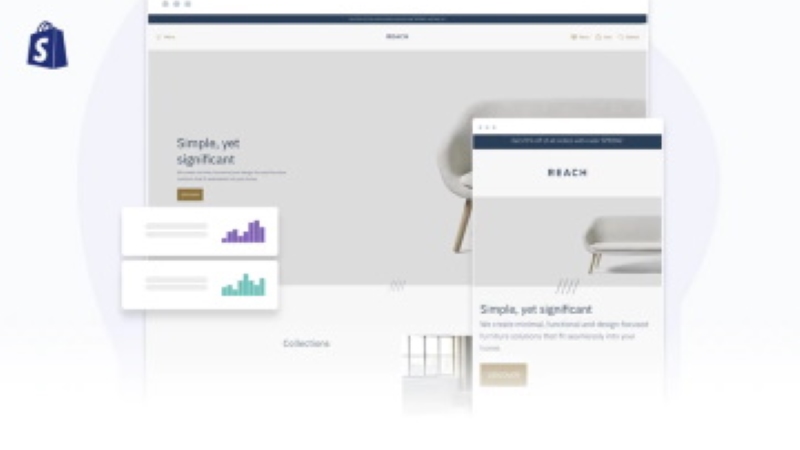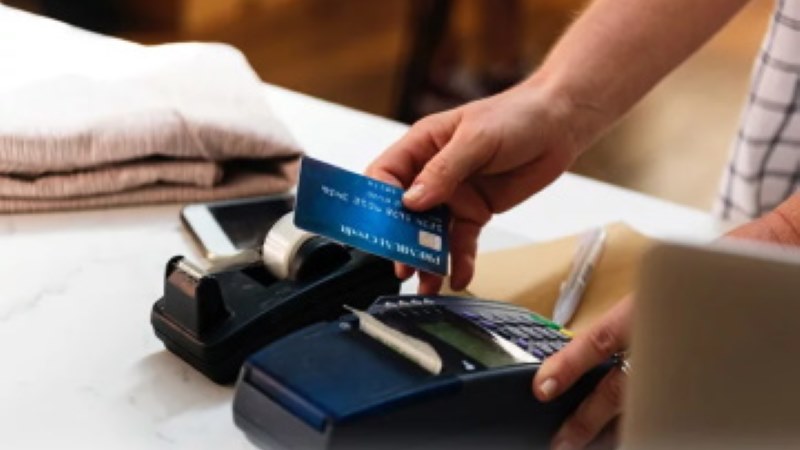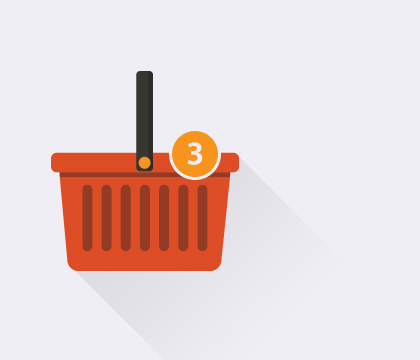One in every five pounds spent by UK shoppers is online*. That means there are enormous opportunities to be seized. On the one hand, established brick-and-mortar retailers can expand their customer service with 24/7 sales. On the other, new, online-only stores can carve out a presence with relatively little upfront investment. In both cases, following a few simple guidelines can help make success more likely...
How to sell online
Your online store might have lower overheads than a high street location, but you have to work harder to bring your customers inside and keep them on site. In fact, the average time on site for online shoppers is under four minutes**.
Just as physical stores have a variety of strategies to attract and retain their shoppers, such as placing the most popular items at eye level, so your online store needs to be easy to navigate.
Tips:
- Organise your products into logical categories. Use high quality photos, accurate descriptions, and updated prices/promotions.
- Avoid overloading your customers with buttons to click or pages to open. Ideally, a customer should be able to complete a purchase in 4-6 clicks.
- Keep your branding (logo, colours, tone of voice) consistent. Your online store might be the only place your customers interact with your business.
Spread the word
Tell your in-store customers that you also have an online store. This doesn’t automatically mean you’re going to lose your in-store footfall - industry reports show that consumers still prefer to spend their money in physical stores****. If you can attract some of your in-store customers online, however, you can encourage them to browse and research online, at times when your physical store is closed. Invite them to submit their email address for newsletter updates and promotions.
Offer them sneak previews or advance discounts for upcoming sales.
Pay attention to logistics
Launching an online store is an exciting process from a business and creative standpoint. But it’s tempting to run before you can walk. It might be easier for your customers to find you with an online store, but it’s also easier for disgruntled customers to share negative experiences. With that in mind...
Tips:
- Make sure you have a smooth supply and distribution process in place before you go live.
- If you’re offering next-day delivery, test it before you launch, especially if working with a third-party distributor.
- Set up an automated email process that covers: order confirmation, invoice and receipt, shipping notifications, and feedback requests.
Perform regular maintenance
Less than two-thirds of small businesses have a website, so you’re ahead of the pack when you do finally launch your online store. But the biggest mistake is assuming the work ends there.
Tips:
- Check your security settings and reports regularly to stay ahead of new threats.
- Set a schedule (weekly or monthly) for checking products are up to date, prices are correct, and links are still active.
- Take time to pore over your site analytics and reporting. You might find that a particular page has a high bounce rate, only to discover that a button is inactive. With any website, constant tweaks and improvements are the key to success.
- Ensure your security and payments subscriptions and certificates are up to date.
Ready to take your marketing to the next level? See our recommended solutions
Recommended tools and services
Discover the tools and services you need to be open for business 24/7

Shopify
Shopify is a ecommerce platform, providing users with everything they need to start, run, and grow a business.

PayPal
PayPal is for everyone. Allowing you to securely, conveniently and cost-effectively make payments online.

Squarespace
Squarespace is an all-in-one platform provider giving you everything you need to make your website stand out.
Related articles

How to create
a website
A website is your online shop window to the world. It tells customers, prospects and anyone visiting what you’re about...

How card payments can empower your passion project
Learn more about online accounting

Card
payments
The proliferation, and expectation, of card payments is hard to deny.
Toolkits, articles and recommendations are provided “AS IS” and intended for informational purposes only and should not be relied upon for operational, marketing, legal, technical, tax, financial or other advice. See here [https://www.visa.co.uk/legal.html] for further legal conditions in relation to your use of the Visa Digital Business Kit.

